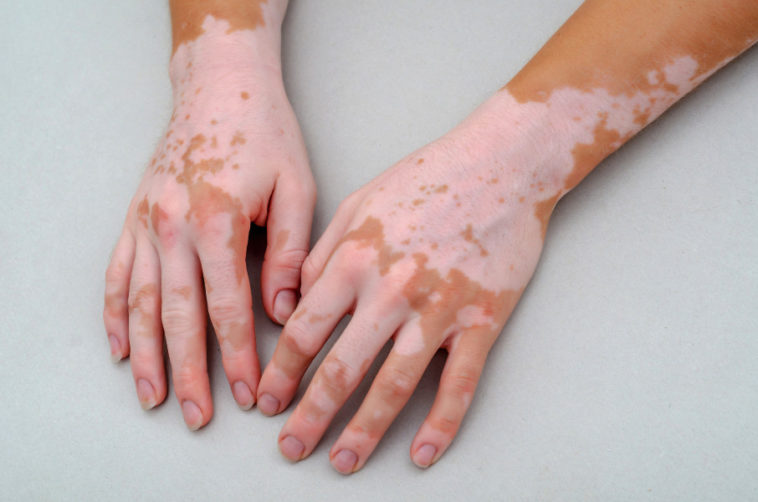Tissue grafting refers to a set of surgeries that are generally performed to treat stable vitiligo. In this line of surgical treatment for vitiligo, grafting of melanocyte-rich tissues is proliferated (small plugs of skin are transplanted to vitiligo affected area) to achieve complete repigmentation that cosmetically matches the skin tone of the surrounding skin.
Like any surgery, appropriate patient selection is vital to ensure the best outcome as not all vitiliginous skin sites are suitable for tissue grafting. Prior to any of the surgeries for vitiligo, the age of the patient, size, and location of the vitiligo patch and the proposed donor sites should be taken into the account. Potential immediate complications of tissue grafting surgeries include loss of graft tissue, infection, imperfect color matching or hyperpigmentation.
Miniature Punch Grafting (MPG)
The most commonly used tissue grafting method, miniature punch is performed widely due to its simplicity, efficacy, and cost-effectiveness. In MPG, bits of skin (about 2 mm in diameter) are transplanted to the area(s) affected by white spots. These bits, which are mostly punched out from thigh or buttock, are then placed in holes created in the area where vitiligo is present.
MPG can even be performed on difficult-to-treat sites, including the fingers, toes, palms, and soles. Having said that, the surgical method is not suitable for treating large patches as achieving uniform pigmentation has always been a challenge with the surgical method.
Suction Blister Grafting (SBG)
SBG can help a surgeon achieve good cosmetic results with minimal scarring of the donor site. In the method, negative pressure (-200 to -500 mm Hg) is applied to the naturally pigmented donor site to form multiple blisters. Post it, blister roofs from the pigmented skin are transplanted to vitiligo patches where other blister roofs were removed. SBG is safe, easy to perform and inexpensive tissue grafting surgery. Common post-surgery complications may include graft rejection, hyperpigmentation of the donor site, and unpredictable depigmentation around the graft.
Split Thickness Skin Grafting (STSG)
In this surgical approach, larger pieces of skin are transplanted to vitiligo sites where the thin layers of skin have been shaved off for transplantation. Compared to the other two tissue grafting surgeries, STSG can treat larger areas of affected skin and impart uniform pigmentation. Post-surgery complications may include graft rejection, peripheral depigmentation, and/or hyperpigmentation.

